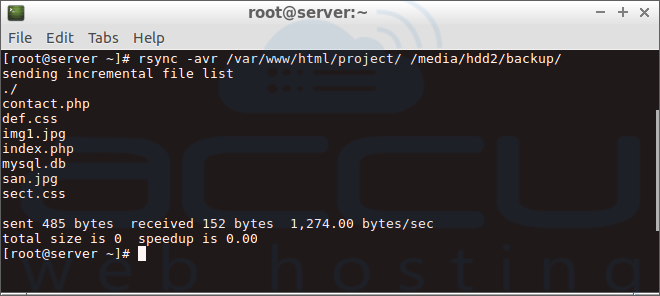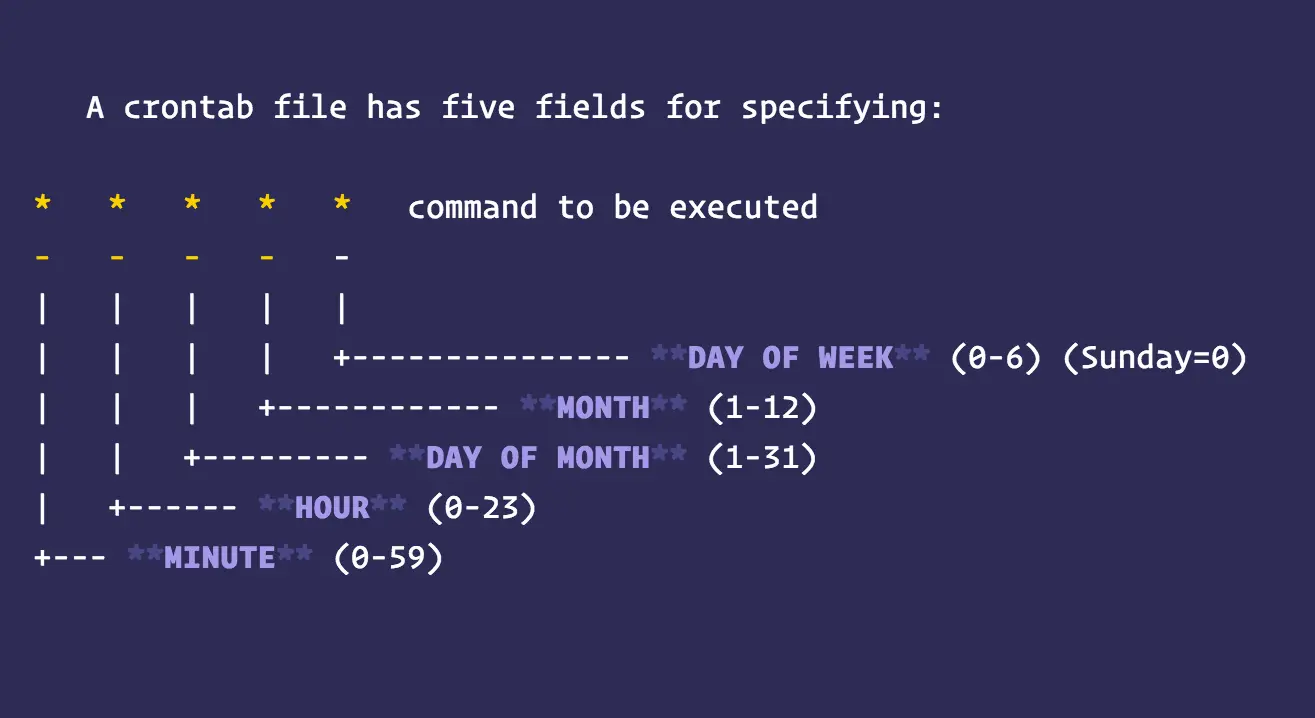
crontab -u username -lĢ0 Useful Examples for Scheduling Crontab Use -u followed by the username to view the crontab entries of the specified user. To view the crontab entries of current users use the following command. To edit other user crontab use the command below: crontab -u username -eĬhange the EDITOR environment variable to change your default editor. crontab -eīy default, it will edit the crontab entries of the currently logged-in user. The crontab command can be used to edit the crontab file. Define multiple ranges – You can define multiple ranges with commands separated like: jan-mar,jul-sepĬrontab files are typically stored in the /etc/cron.d/ directory on Linux systems.

#LINUX CRONTAB PHP DATE FORMAT HOW TO#
Now, the below statements will describe how to define multiple values or ranges. You can also use the first three alphabets of days like sun, mon, tue, wed, etc. Where 0 and 7 for Sunday, 1 for Monday, 2 for Tuesday, and so on.
#LINUX CRONTAB PHP DATE FORMAT INSTALL#
If you do not have crontab installed on your system refer to article Install Crontab in CentOS/RHEL. You can also use crontab for the tasks to run once in the future only, but for any tasks to run once we recommend using Linux at command. In this tutorial, you will learn to use crontab with 20 useful examples for scheduling jobs. Crontab syntax is mostly the same across all Linux distributions and servers, so once you get the hang of it you’ll be scheduling tasks in no time! Creating a cron job is not difficult, but it can become tricky when dealing with multiple users and environments. The crontab command is used to edit and manage cron jobs. if yes, it will use the current year, if no it will use the next year.Do you run a cron job on your server every so many minutes? Are you a system administrator or engineer who has to manage cron jobs on a daily basis? Do you keep forgetting the syntax for setting up a new cron job? If so, read on.Ĭron is an essential part of any system, as it automates various scheduled tasks. In the end i check, if the date with the current year would be smaller than the current date. Further I check the d and m for zero-values, and if found they are replaced by the value 1. If found it will ignore all other Wildcards and set the value for the element with the first Wildcard +1. Basically I split the elements, check the values for Wildcards. I played a little bit around and here is my result as a function. Setting a way to add a month does not solve the problem, since the cron format could be set hourly, as: It reads 00:00:00 as expected, but what I am looking for is a way to get next Crontab run date ( 00:00:00). $date = DateTime::createFromFormat("Y-m-d H:i:s", $spf) $format = $cron_format != "*" ? date($value, strtotime($cron_format)) : date($value) ĭate("Y"), $format, $format, $format, $format, $format $date_diff = explode(" ", "s i H d m w") // php Date

I want to get the next date to run the cron from a given string like Cron Format with seconds parameter (not fully equal as cron format).


 0 kommentar(er)
0 kommentar(er)
